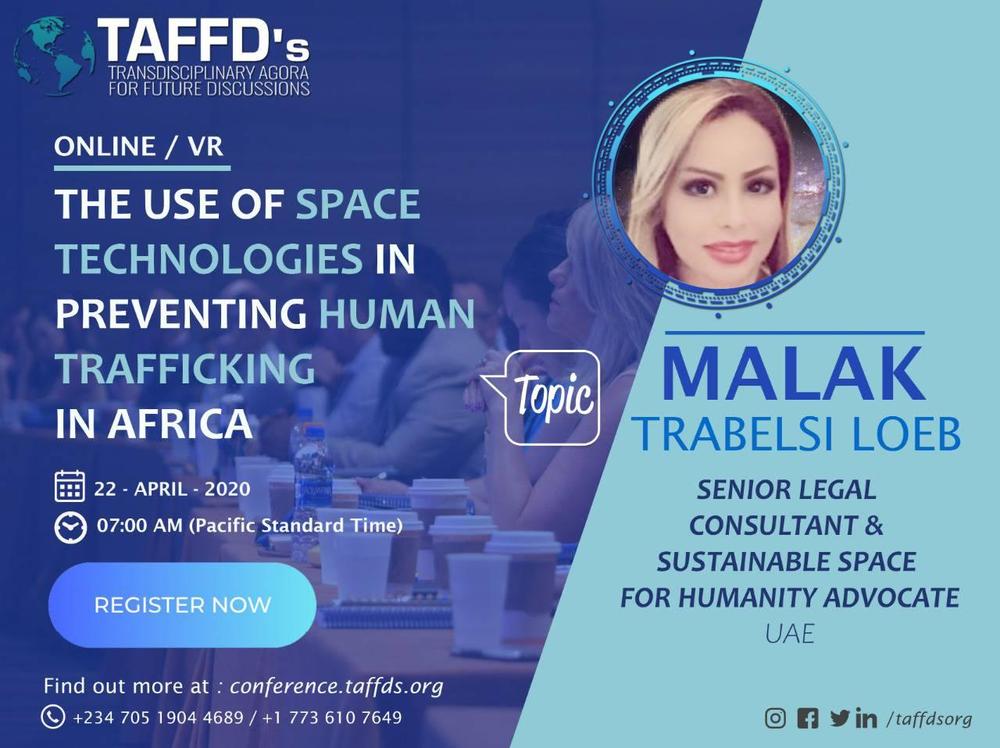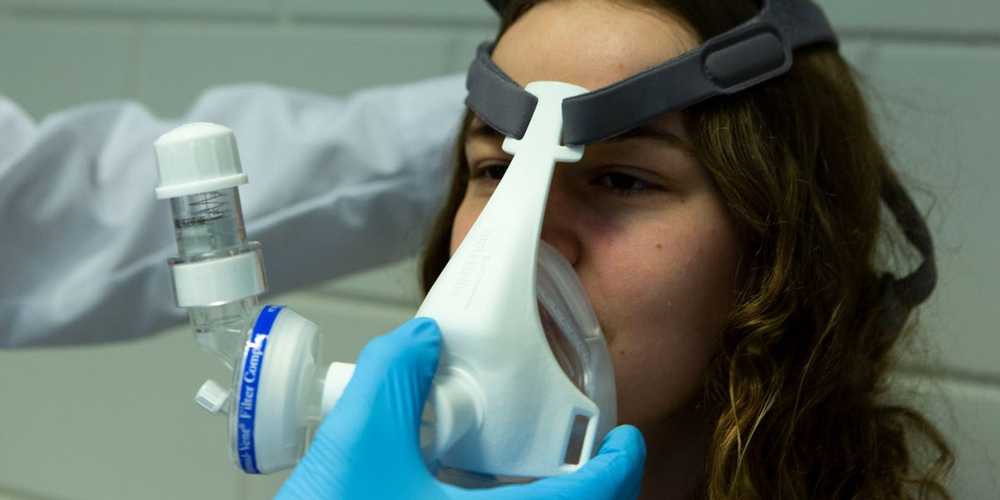Frustrated by Europe’s lack of home-grown tech giants, Commission officials hope EIC will help small tech firms grow in Europe, instead of being lured away to Silicon Valley. “The aim here is to close the big gap that exists between Europe and the United States,” says Mark Ferguson, Ireland’s chief scientist and EIC board chair. But one challenge will be backing risky but promising startups without becoming “the financiers of last resort for all the failing companies that aren’t going to do very well,” says Christopher Tucci, a professor of technology management at the Swiss Federal Institute of Technology, Lausanne, who advised the Commission while it drafted Horizon Europe.
European Innovation Council buys shares in disruptive technology startups.






